Light
Light influences fish’s activities. A photo period is defined as the amount of day light in a twenty four hour period. It is influenced by the amount of cloud cover on a daily basis. Seasonally, summer months have longer photo period days; plus, the sunlight’s angle is more direct. The fall, winter and spring months include both shorter daylight periods and lowered sunlight angulations; In addition, they have longer shadows than during the mid summer times. Seasonal variances influence the amount of light entering the water.
Fish are more alert during bright sunlight conditions because they are more visible to animals of prey. The fish’s food supplies are most abundant in the shallow littoral zones which are located in areas of more intense light penetration necessary for photosynthesis. Fish may only feel safe in these shallow zones during subdued lighting conditions. Moreover, fish will be in
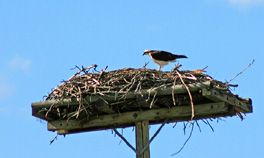

these shallows during times of low lighting also, this is usually early and late in the day or at times of seasonal low light conditions, occurring in the fall, winter and spring. During mid summer a fish’s presence in the shallows may be restricted to times of dawn, dust or overcast days. Consequently fish collect during bright light conditions into the darker areas adjacent to the littoral zones.
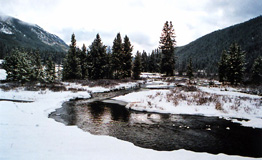
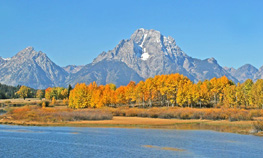
With present lighting condition taken into consideration select your fishing site accordingly. During the winter, spring and fall you will most likely find fish spending more time in the shallows than they do during the summer season. Dark overcast and rainy days can draw an abundance of fish into the shallows to feed; furthermore, dusk and dawn are also prime times for fishing these shallows. As the light intensity
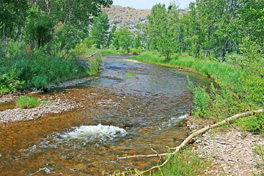
increases the fish converge into the darker depths of adjacent channels and drop-offs.
Light affects insect’s activities. Usually, they are most dynamic during low light periods. Similarity, during intense lighting periods, insects search out shaded areas deep in protective cover. The evening rise happens as insects lay their eggs upon the surface at dusk. Overcast days prolong surface feeding because both the insects are more active and the fish are safer feeding in the shallows. With little knowledge of optical physics the seasonal and dusk/dawn light phenomenon is explained. Light rays striking the waters surface at a right angle travels through it with little deviation.
The angulated sunlight is less illuminating underwater because some of it is reflected away at the surface and there rays penetrating the water were bent upwards; thus, the net result is diminished light penetrating the aquatic environment.
Other light physics phenomenon such as infra-red rays, are elongated and penetrate cloud cover more readily. This red light from the visible spectrum is noticed more by the fish. Adding the color red to a fly improves its effectiveness especially in bait fish imitations. Red is more visible.
In conclusion, lighting affects both the insects and the fish’s activities; it’s an important factor in finding actively feeding fish.

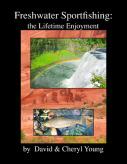
© 2025 The Gale Group, Inc. All rights reserved.
© 2025 Perigee Learning LLC. All rights reserved.
LoveTheOutdoors.com is owned and operated by Advameg, Inc. © 2025 Advameg, Inc.
Camping Adventures • Dutch Oven Cooking • Sports Knots
Fly Tying • Freshwater Fishing • Fly Fishing

